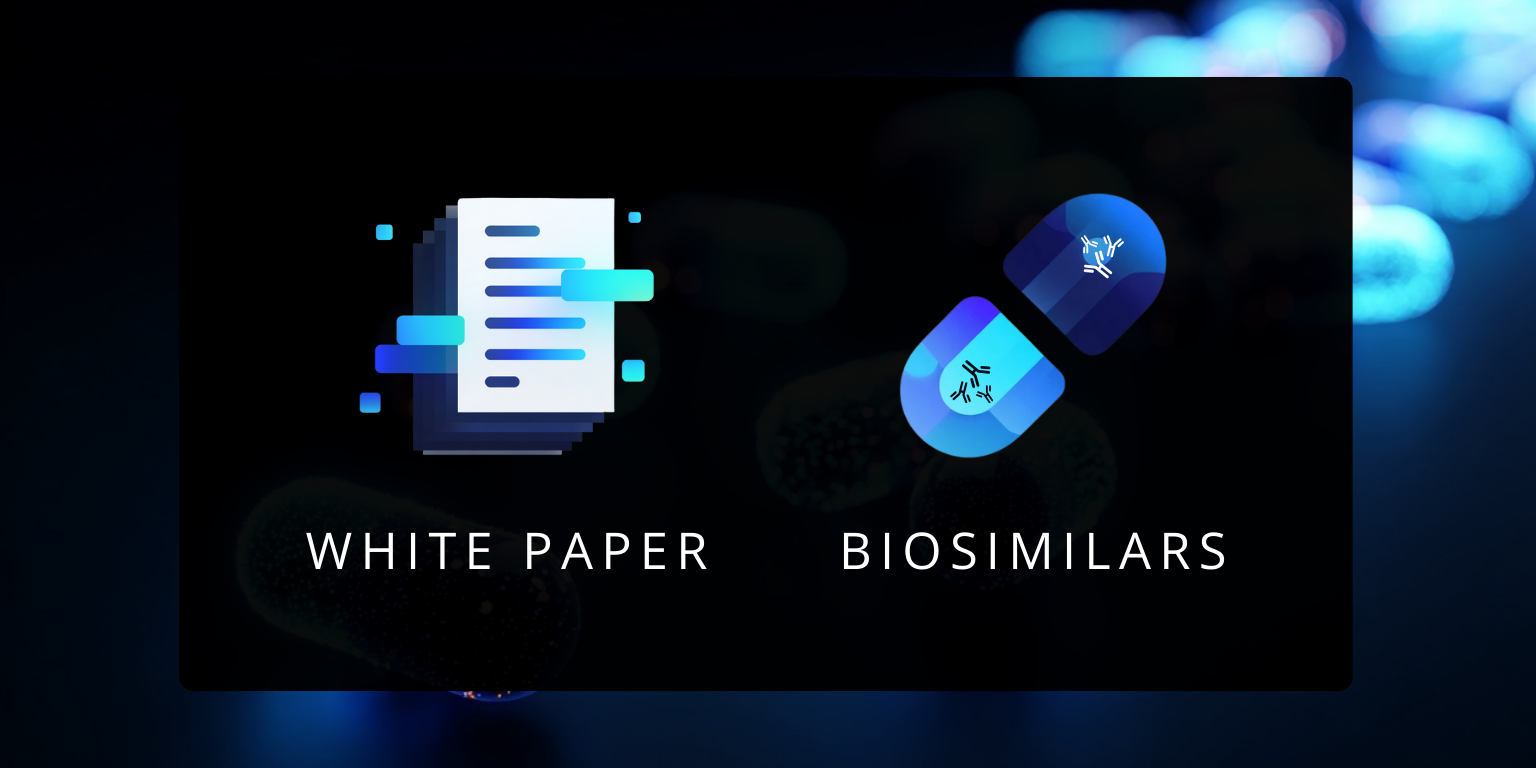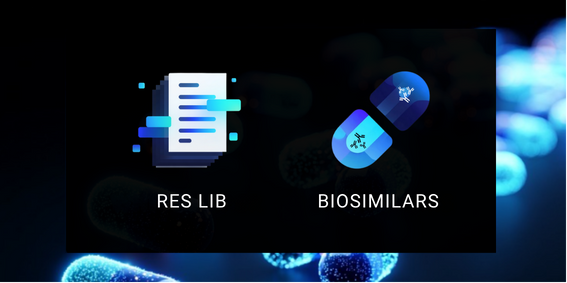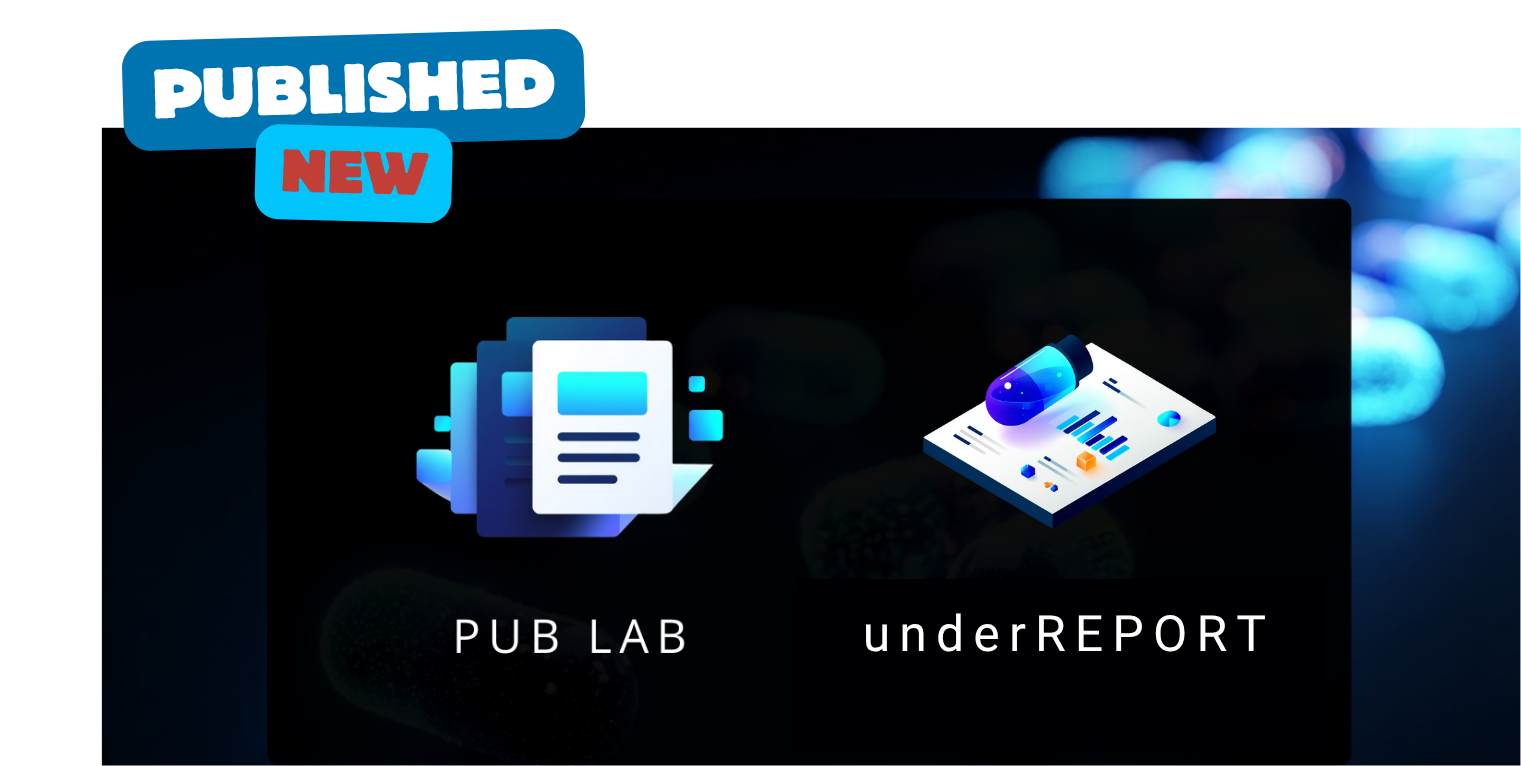Peptide Preparation Guide (+Protocols)
Introduction to Synthesized Peptides
Getting your peptide sequence(s) synthesized is only half the battle.
As many researchers learn the hard way, the next major challenge begins upon receipt of the material from your vendor. This is generally referred to as the reagent "Handling" or "Preparation" stage. However, with peptides, it's a much more sensitive process - defined by the consideration of each amino acid in your sequence chain. Additionally, there are no one-size-fits-all methodologies to cover the complete preparation of peptide sequences. Instead, a more empirical approach is necessary, one that enables the development of a protocol specific to your sequence's characteristics and application objectives.
Getting Started
Peptide Preparation can be divided into two categories:
I. Storage
II. Dissolution
In this guide, we will be outlining the steps and considerations in each category to help you build your protocol.
I. Peptide Storage
- Lyophilized Peptides:
- Upon receipt, lyophilized peptides are stable at room temperature for a few weeks.
- For long-term storage, store lyophilized peptides at -20°C or colder, away from bright light.
- Storage Considerations:
- Peptide stability varies based on sequence and structure.
- Store lyophilized peptides at -20°C.
- Peptides with methionine, cysteine, or tryptophan residues should be stored in an oxygen-free atmosphere to prevent oxidation.
- Dithiothreitol (DTT) can help prevent oxidation.
- Avoid moisture exposure, as it reduces long-term stability.
- Warm lyophilized peptides to room temperature before opening to minimize moisture uptake.
- Peptide Solutions:
- Prepare peptide solutions just before use.
- If unavoidable, store peptide solutions in aliquots at -20°C (preferably −80°C).
- Minimize freeze-thaw cycles.
- Use a 0.2 µm filter to remove bacterial contamination if necessary.
- Solution Stability:
- Peptide solutions have limited shelf life, especially those with cysteine ©, methionine (M), tryptophan (W), asparagine (N), glutamine (Q), or N-terminal glutamic acid (E).
- Cys-containing peptides are prone to oxidation, especially in basic conditions.
- Some residues (e.g., proline) are susceptible to racemization.
- Maintain stock solutions at pH 4-6 to optimize stability.

II. Peptide Dissolution
| Peptide solubility information can be found on the Certificate of Analysis
The solubility of peptides depends on their sequence and overall charge. Typically, more than 70% of peptides can be dissolved in water, while nearly 99% can be dissolved in DMSO. If the solubility information is not available, follow this solubility guideline.
CAUTION: do NOT use the whole batch for solubility test. We recommend 1mg aliquot for solubility testing purposes.
STEP #1 | Calculate Overall Charge
| Step #1 – Calculate Overall Charge | ||
|---|---|---|
| Acidic residues (negatively charged) | D, E, and the C-terminal free acid COOH | Charge: -1 |
| Basic residues (positively charged) | R, K, H, and the N-terminal free amine NH2 | Charge: +1 |
| Hydrophobic uncharged residues | F, I, L, M, V, W, and Y | Charge: 0 |
| Uncharged residues | G, A, S, T, C, N, Q, P, acetyl, and amide | Charge: 0 |
| Examples: |
|---|
| EFIRKRHDGASDL: (+5) + (-4) = +1. This is a positively charged peptide (basic peptide). Try Method #1 below. |
| EHRLGAEKDEFIS: (+4) + (-5) = -1. This is a negatively charged peptide (acidic peptide). Try Method #2 below. |
| EFISEHRLDAGAK: (+4) + (-4) = 0. This is a neutral peptide. Try Method #3 below. |
STEP #2 | Determine Proper Dissolution Method
Full Protocols Included
3 Starting Protocols:
- For Basic Peptides (charge >0)
- For Acidic Peptides (charge <0)
- For Neutral (charge = 0) or Highly Hydrophobic Peptides

Download Complete Protocol















